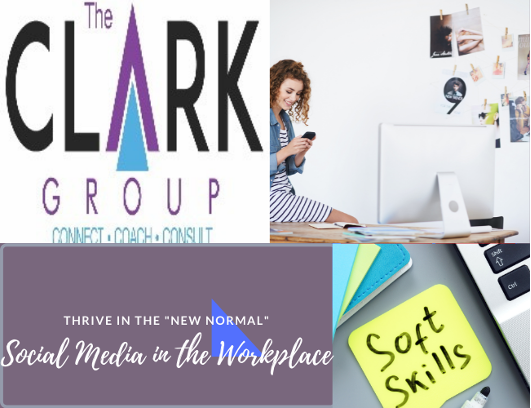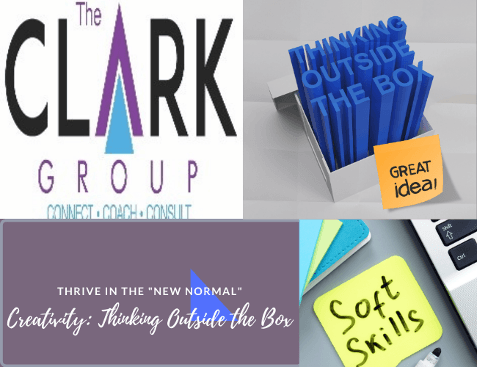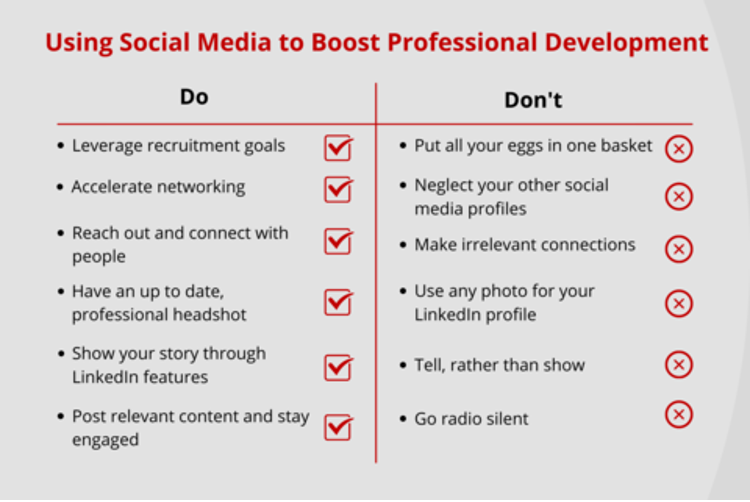5 Ways to Achieve Work-Life Balance for Happier and Healthier Employees

5 Ways to Achieve Work-Life Balance for Happier and Healthier Employees
We all take on different roles in our personal and professional lives. Think about it. What titles do you take on in your everyday life? Some may include:
· Employee
· Trainer
· Leader
· Partner
· Parent (to a child or a furry friend)
· Friend
The list goes on and on. And sometimes, trying to balance it all can feel like drinking out of a firehose.
So how do we do this? The key is to achieve work-life balance. I doubt this is your first time hearing the term. But what exactly does work-life balance mean, and what actionable steps can we take to help ourselves and our teams achieve it?
What started as a trendy concept in the corporate world has become a highly valued factor that younger generations strongly consider when accepting - and leaving - jobs (Millennials and Gen Z, I’m looking at you).
59% of millennials report feeling worried about finding a career path that will support the lifestyle they hope to live, and Millennials will comprise more than one of three adult Americans by 2020 and 75 percent of the workforce by 2025.
If you consider this, work-life balance has never been more important for talent attraction and retention. Not to mention reducing stress and burnout in the workplace, making for happier and more productive employees.
By implementing work-life balance, it is important to look at the big picture of an individual, rather than simply see them as an employee. Below are some strategies that have worked for us at CTM and many other companies to help employees achieve work-life balance.
1. FLEXIBLE HOURS
Work-life balance is much more than bean bag chairs and ping pong tables (although I certainly wouldn’t say no to that). The purpose of work-life balance is to equally prioritize personal and professional life. This means that needs outside of the workplace can be addressed without too much stress or difficulty. In a recent study, 80 percent of workers in the U.S. said they would choose a job that offered flexible working over a job that didn't, and almost a third of people value being able to choose their work location over an increase in vacation time.
This can mean many different things and creating policies can be based on the needs of your organization. Perhaps this is offering options for time frames in the office such as 8-4 or 9-5 or allowing flexibility on days where employees have certain personal commitments such as appointments or family obligations.
For internet privacy company DuckDuckGo, their philosophy of flexible hours for their workforce is to “work wherever, whenever”, with no core hours. This means employees work when they are most productive and take time off as needed. This proved beneficial to their employees and company as a whole with an average team retention of over 90 percent that's stayed consistent as they have doubled in size. By hosting yearly employee gatherings pre-covid and using technology to communicate, they can create strong connections while still maintaining a work-life balance for their employees.
Considering how incorporating flexible time into your organization can be highly beneficial to not only your employees, but your bottom line.
2. INCLUDE FURRY FRIENDS
While this may depend on the nature of your workplace, the intention holds true no matter what. Having small, enjoyable breaks throughout the day can help you change gears mentally and even increase productivity. Having pets in the office can be an excellent segue to encouraging these breaks.
We can attest to this at CTM, as we all enjoy getting some time with our furry friends throughout the day (shout out to Happy and Jack, our office dogs).
At the Amazon Headquarters in Seattle, their dog-friendly work policy means that there are over 1,000 dogs (you read that right) coming and going every day. Employees credit the policy to bringing them comfort by being able to take small breaks to take their dogs out or play for a few minutes after intense moments at work.
This social support and the ability to own a dog without stressing about missing work to take care of them throughout the day make dog-friendly offices an excellent addition to a team with healthy work-life balance.
If your office can’t support a pet-friendly policy (or you don’t have a physical workspace at all), fear not. Any excuse to take a small break throughout the day from water cooler (or zoom) chats with co-workers can be just as effective.
3. TAKE TIME TO CELEBRATE
Taking time to celebrate as a team can generate some fun and lightheartedness to boost morale and build workplace relationships. By hosting celebrations for your team whether it be for holidays, birthdays, organizational accomplishments, etc., you contribute to building a positive culture. Through this we reduce stress and minimize burnout.
The proof is in the research with this one too. Participants in a 2018 study found that celebrations within their organization increased happiness and inclusivity. It also cultivated stronger relationships that made them more productive in their jobs.
It’s things like workplace celebrations that prove that occasionally taking time to allow your team to have fun can actually boost productivity and improve your bottom line in the long run.
4. SWEAT IT OUT
We all know that exercise has tons of benefits. From increasing happiness, improving overall health, and boosting energy, we can all benefit from fitting moderate exercise into our schedules every week.
However, making time to exercise can be tricky, especially when working full time.
But what if I told you that giving your team time to get fit can lower stress, improve morale, and contribute to providing a better work-life balance to your team? Would you let your team take time out of their workday to do it?
It is definitely worth considering. And what better case study for me to provide to back that up then our own staff at Corporate Training Materials! We go to the gym for group fitness classes twice a week in the mornings. Not only does it make us feel more productive throughout the day, but it gives us all some morale boosting conversation topics when we get to the office.
If our testimonial isn’t enough, the research also says it all. Studies have shown that exercising with people you know reduces stress and improves mental, physical, and emotional health, making for a better quality of life.
Finding ways to incorporate opportunities for your employees to get a workout in is a great and healthy way to contribute to a positive work-life balance.
5. WORK FROM HOME OPTIONS
With the COVID-19 pandemic still impacting employees globally, working from home has become a necessity. Through this, it has proven that more roles than we could even imagine can be done from the comfort of our homes. In the context of the pandemic, working remotely was for the health and safety of employees, but what about implementing remote work in the context of achieving a work-life balance?
Avoiding a long commute is a big one, for starters. The average commute in the United States is about a half hour. What could you do with an extra hour of time in your day not spent commuting by working remotely? You could tend to family commitments, spend more time on hobbies, or even catch up on sleep. Regardless of how you spend it, this contributes to the work-life balance by allowing more free time outside of the set work hours of your organization.
Furthermore, balancing personal tasks can be easier when working remotely. This could mean being home when your children get home from school, being around for a contractor, or even taking a short break to catch up on laundry. Being able to keep up with your personal life by working remotely can create a better balance and allow for a boost in productivity both personally and professionally. It also saves stress by creating more ease through getting everything done in one place.
If there is one thing we can say for certain, working remotely and providing these options for employees has proven beneficial in a multitude of ways, and it is not going away anytime soon. In fact, since the beginning of the pandemic, a 2021 study showed that 74% of companies plan to shift some of their employees to remote working permanently.
Our suggestion? Embrace it, and see how it contributes to allowing your employees to have better work-life balance.
CONCLUSION
Taking some of these ideas into consideration can make for happier and healthier employees. How do you and your team achieve a work-life balance?




